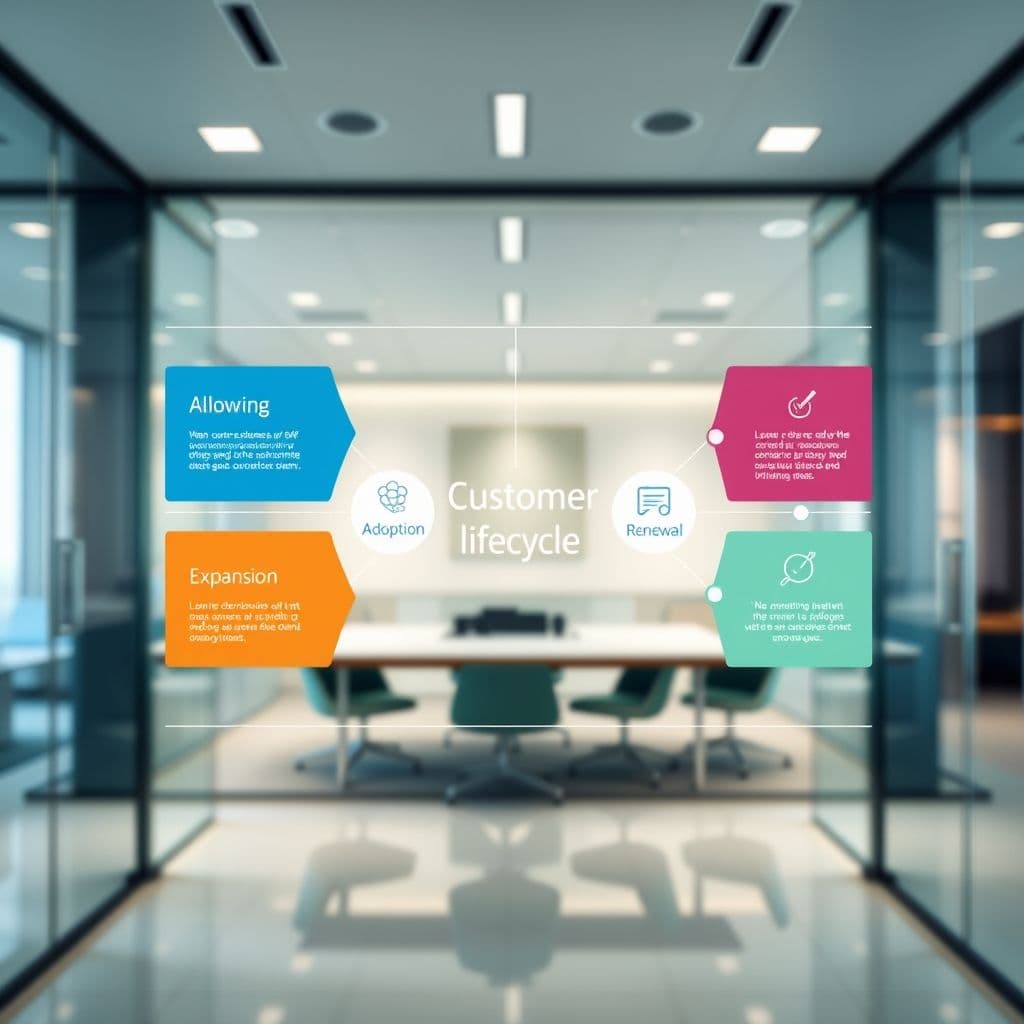How to Become a Customer Success Director: A Step-by-Step Guide

The role of a Customer Success Director is pivotal in ensuring customers achieve their desired outcomes while using your product or service. This guide will walk you through the essential steps to master this role, from understanding the customer lifecycle to measuring success through KPIs. Whether you're aspiring to become a Customer Success Director or looking to refine your skills, this article provides actionable insights and practical tips. View original learning path
Step 1: Understand Customer Success
To excel as a Customer Success Director, you must first deeply understand what customer success entails. This involves two key concepts: the Customer Lifecycle and Customer Health. The Customer Lifecycle refers to the stages a customer goes through, from onboarding to renewal. Customer Health, on the other hand, measures how well a customer is achieving their goals with your product. For example, a healthy customer might regularly use key features and provide positive feedback, while an at-risk customer might show declining engagement.

Step 2: Develop Customer Success Strategy
A robust Customer Success Strategy starts with Goal Setting and Segmentation. Set clear, measurable goals aligned with customer outcomes, such as reducing churn or increasing product adoption. Segmentation involves categorizing customers based on factors like usage patterns or industry. For instance, enterprise clients may require a different success strategy than small businesses. Tailoring your approach ensures each customer receives the right level of support.
Step 3: Build Customer Success Team
Your team is the backbone of customer success. Focus on Recruitment and Training to build a high-performing team. Look for candidates with strong communication skills and empathy. Once hired, invest in comprehensive training covering product knowledge, customer engagement techniques, and problem-solving. For example, role-playing common customer scenarios can prepare your team for real-world challenges.

Step 4: Implement Customer Success Processes
Effective processes are critical for scaling customer success. Start with Onboarding, ensuring customers understand how to use your product to achieve their goals. A well-structured onboarding program might include tutorials, check-ins, and milestone celebrations. Next, establish a Feedback Loop to continuously gather and act on customer input. For example, regular surveys and QBRs (Quarterly Business Reviews) can help identify areas for improvement.
Step 5: Measure and Analyze Customer Success
To demonstrate the impact of your efforts, track Key Performance Indicators (KPIs) and conduct Data Analysis. Common KPIs include Net Promoter Score (NPS), Customer Retention Rate, and Product Adoption Rate. Use data analysis to identify trends and make informed decisions. For instance, if data shows a drop in engagement after a specific feature update, you can proactively address potential issues.
Conclusion
Becoming a Customer Success Director requires a blend of strategic thinking, team leadership, and data-driven decision-making. By mastering these steps—understanding customer success, developing a strategy, building a team, implementing processes, and measuring results—you’ll be well-equipped to drive customer satisfaction and business growth. Start applying these principles today to make a lasting impact in your organization.
Frequently Asked Questions
- How long does it take to become a Customer Success Director?
- The timeline varies based on experience and industry, but typically, it takes 5-7 years of progressive roles in customer success or related fields to reach this level. Consistent skill development and leadership experience are key.
- What are common mistakes new Customer Success Directors make?
- Common pitfalls include neglecting to segment customers, failing to set clear KPIs, and not investing enough in team training. Avoiding these mistakes requires a proactive and data-driven approach.
- What skills are most important for a Customer Success Director?
- Critical skills include strategic planning, communication, empathy, data analysis, and team leadership. A deep understanding of your product and customer needs is also essential.





